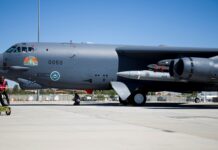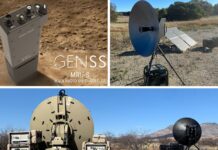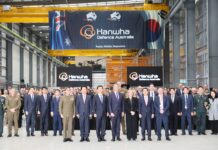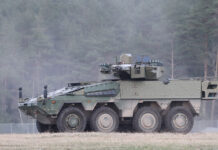As part of its ongoing modernisation, the Australian military is pursuing several helicopter procurement programmes to benefit all three service arms.
UH-60M Black Hawk
In January 2023 the Australian Department of Defence (DoD) formally announced its decision to purchase 40 Sikorsky UH-60M Black Hawk helicopters. The procurement package is valued at AUD 2.8 Bn (approximately USD 2 Bn). The new aircraft will replace the 41 MH90 Taipan multi-mission helicopters currently operated by the Australian Army, which have been plagued by readiness and maintenance issues. The Black Hawks’ mission spectrum will include assault carrier, special operations support, general utility and transport, as well as support of humanitarian operations. The first UH-60M is expected to be delivered in the second quarter of 2023. The new aircraft are to operate from bases at Oakey, Queensland and Holsworthy, New South Wales.
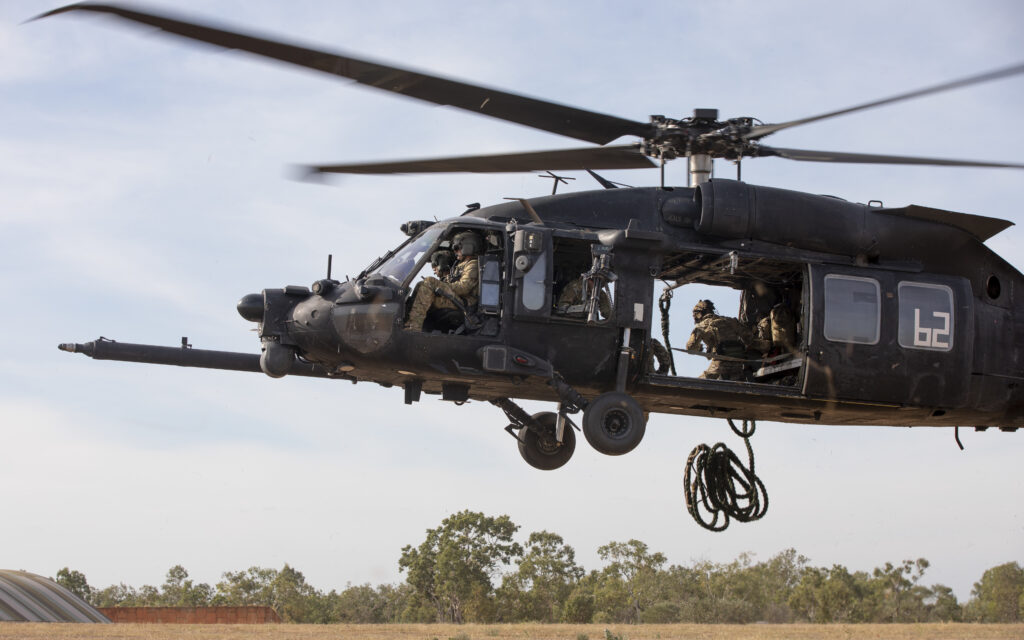
Credit: US Army
The decision the replace the MH90 with the UH-60M has bipartisan support, and goes back to a proposal made by the previous government in 2022. The current government has explained the choice of the UH-60M utility helicopter with reference to the aircraft’s proven record and well-established supply chain as well as with the fact that it is operated by numerous security partners, first and foremost the United States. From that perspective, the Black Hawk is expected to enhance interoperability and the capability to cross-support one-another’s helicopters while on deployment. “The Black Hawk capability will be a crucial element for us to protect Australia’s sovereignty, and deliver foreign policy objectives, including providing humanitarian assistance and disaster relief,” said Major General Jeremy King, Head of Land Capability, in January 2023. “The Black Hawk will support the deployment of our troops and their equipment where they are needed in times of crisis. The Black Hawk is a reliable, proven and mature platform supported by a robust global supply chain. This acquisition will mean we can continue to defend Australia and respond in times of need in a safe and effective way for years to come.”
MH-60R Seahawk
The Royal Australian Navy (RAN) is also planning to retire its six MRH-90 Taipans by 2027. They will be replaced by 12 Sikorsky MH-60R Seahawk helicopters under a contract issued on 30 August 2022. The aircraft are being procured through the US Navy under a Foreign Military Sales agreement. The acquisition is being pursued under the Australian MoD’s Project Sea 9100 Phase 1 (Embarked Logistics Support Helicopter Capability). The helicopters and associated subsystems have a value of AUD 730 M (USD 503 M at time of contract signing). An additional AUD 316 M are projected for expanded infrastructure at HMAS Albatross, the Fleet Air Arm’s main base.
The new MH-60Rs are to be delivered beginning in 2025, and they will join 23 Seahawks which entered RAN service in 2013-2016. Canberra cited several advantages to utilising a homogenous aircraft fleet, including greater operational efficiency as well as streamlined maintenance, training and sustainment. Procuring a dozen new Seahawks also parallels the Navy’s expansion of its surface fleet and ensures sufficient aircraft are available to outfit deploying warships.
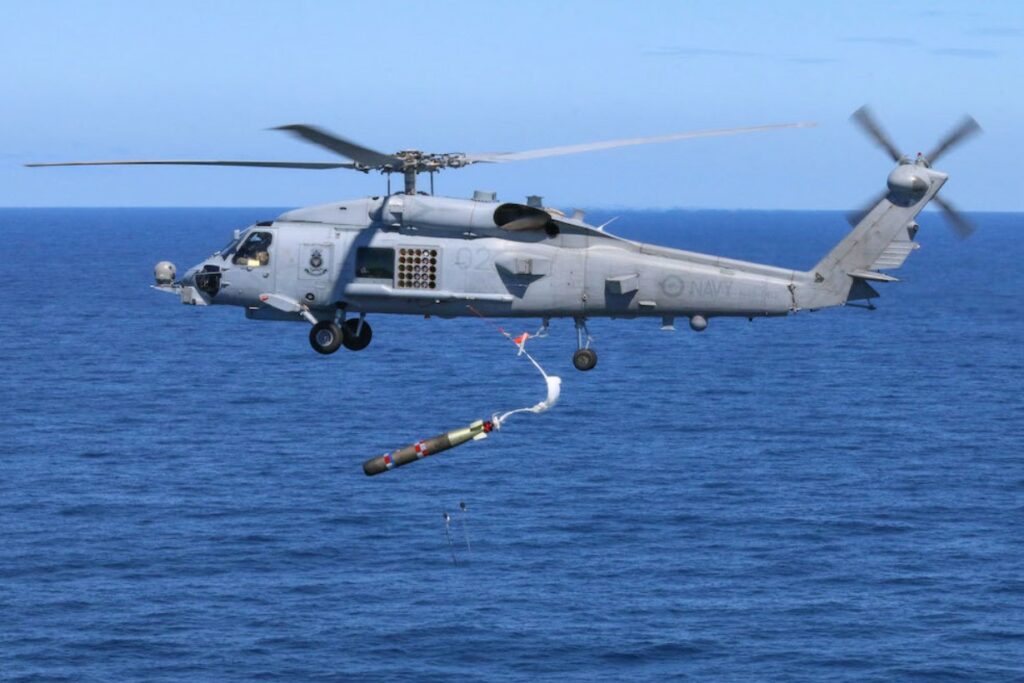
Credit: RAN
The aircraft are assigned to the RAN’s 816 Squadron (operations) and 725 Squadron (training). One to two MH-60R multi-mission helicopters are deployed aboard RAN frigates and Hobart class destroyers. They provide over-the-horizon reconnaissance, targeting-support and damage assessment, conduct direct anti-surface warfare missions by launching 70 mm laser-guided rockets and AGM-114 Hellfire missiles, and enhance the ships’ anti-submarine warfare (ASW) capabilities by deploying sonar and Mk-54 ASW torpedoes. Secondary missions include search and rescue (SAR), logistics support, personnel transport and medical evacuation.
CH-47F Chinook
The Australian Army has operated the Boeing CH-47 Chinook since 1995. In 2015-2016 the Army upgraded its fleet by divesting older models and acquiring 10 units of the newest variant, the CH-47F, through a Foreign Military Sales agreement with Washington. In 2021-2022 the Army, facing a vertical lift shortfall, received four additional aircraft for a new end strength of 14 heavy lift helicopters at a total cost of AUD 595 M.
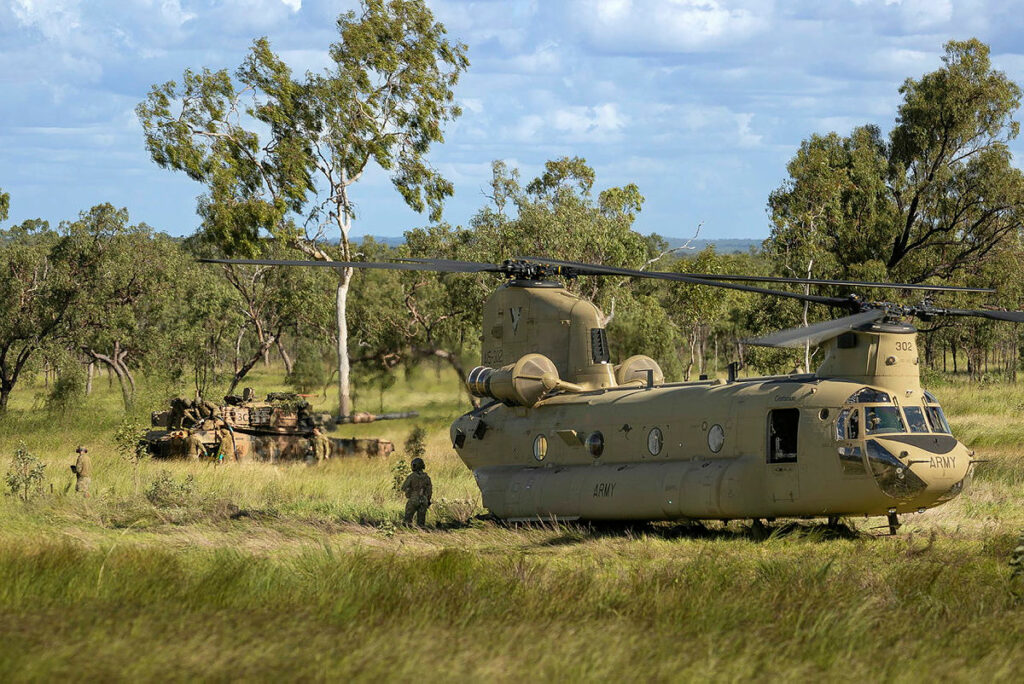
Credit: Australian DoD
The 14 helicopters are assigned to C Company, 5th Aviation Regiment. The mission spectrum extends from battlefield heavy lift and special operations support to disaster relief and other humanitarian operations. The aircraft’s long-range and air-refuelling capability enhance their utility for missions in the archipelagos surrounding Australia, while their high payload capacity and robust performance make them well-suited for deployment to almost any operational theatre. Lt. Col. Christopher McDougall, commanding officer of the 5th Aviation Regiment, welcomed the two final aircraft in June 2022 with the words: “The additional helicopters will provide Defence with additional lift capacity and strengthen Army’s ability to support operations globally.”
AH-64E Guardian
In January 2021 the government of then-Prime Minister Scott Morrison announced the selection of the AH-64E Apache Guardian attack helicopter to replace the 22 currently operated Eurocopter Tiger aircraft in the Armed Reconnaissance Helicopter role. The AH-64E prevailed over two competitors. The Apache’s proven track record, established production line and advanced suite of mission systems were major factors in the decision. The then-Defence Minister, Linda Reynolds, described the AH-64E as “the most lethal, most survivable and lowest-risk option, meeting all of Defence’s capability, through-life support, security and certification requirements.”
The procurement order, conducted under the Land 4503 programme, was finalised in May of 2022. In a 9 May 2022 statement, Prime Minister Morrison said the investment was key to the Government’s plan for a safe secure Australia in the face of regional and global uncertainty. “Australia and our region is now in the midst of the most consequential and challenging strategic realignment since the Second World War,” he said. The procurement package, including mission systems, is valued at AUD 5.5 Bn (approximately USD 3.83 Bn at the time of signing). An additional AUD 500 M will be invested in facilities upgrades to support operations and maintenance. Boeing Defence Australia has promised to include Australian suppliers and subcontractors for both the construction phase and subsequently for the in-service support system.
The Australian Army will acquire a total of 29 Apaches, with deliveries slated to begin in 2025. Five of the aircraft will be devoted to training; the remaining 24 units will equip two co-located operational squadrons, presumably with the 1st Aviation Regiment based in Darwin. Initial operational capability (IOC) of the first 12 aircraft is expected in 2026, with full operational capability of both squadrons by 2028.
AW139
The DoD has contracted the private firm CHC Helicopters Australia to conduct Search and Rescue (S&R) missions for the military since 1989. Between 2017 and 2019 the firm introduced ten Leonardo/Agusta-Westland AW139 helicopters (in a red and white paint scheme) to serve the RAN and the Royal Australian Air Force (RAAF) in this role. The aircraft are operated by CHC personnel.
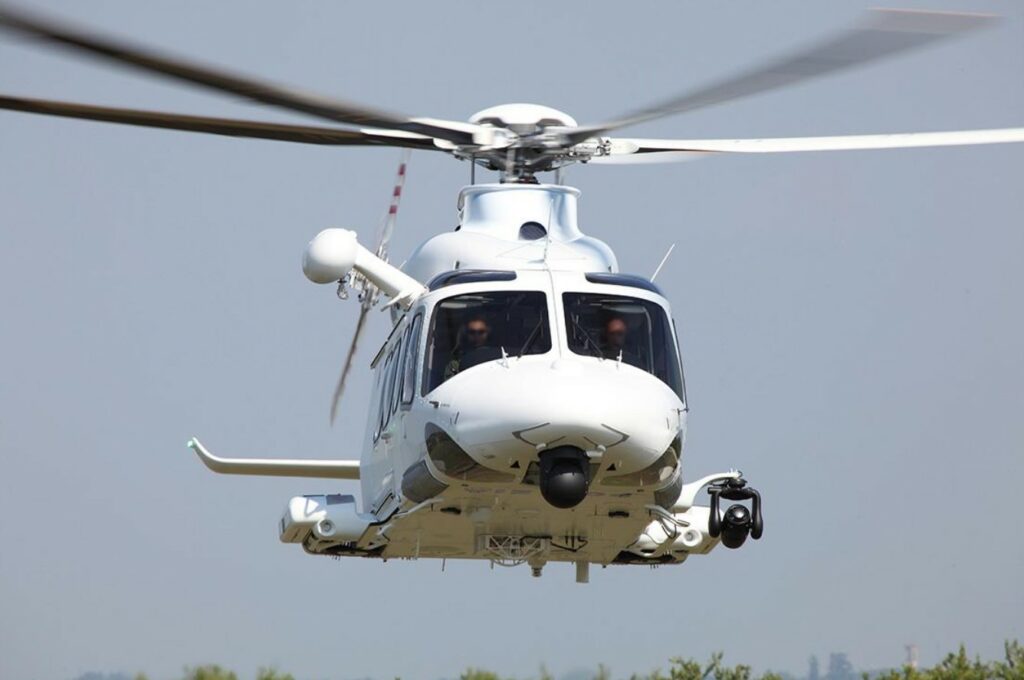
Credit: Leonardo
In 2021, three AW139 leased from Toll Helicopters entered service with the Australian Army under the Army Interim Helicopter Capability programme, also known as ‘Plan Corella.’ Two more AW139 will be added in the second half of 2023. These aircraft retain civilian registration and a white paint scheme, but bear the ‘ARMY’ designator and the military’s Kangaroo emblem, and are flown by military personnel of the 5th and 1st Aviation Regiments. They are used for pilot and aircrew training, logistic support, disaster relief and crash response. Leasing the AW139 for the Army was deemed necessary to compensate for a capability shortfall caused by the MH90s’ low availability rate.
Light SOF Helicopter
On 1 March 2023 Major General Stephen Jobson, commander of the Australian Army’s Aviation Command, announced the cancellation of the Army’s planned acquisition of 16 commercially-based light helicopters to support special operations forces. The procurement project, primarily aimed at supporting the counterterrorism mission, had been designated Land 2097 Phase 4. Three firms had replied to the Request for Tenders issued in 2020.
Addressing journalists during the Avalon 2023 airshow, MG Jobson explained that the other helicopter programmes were providing sufficient overlapping capabilities to make Land 2097 Phase 4 redundant. He specifically cited the UH-60M as “an aircraft system that will provide dedicated support to Australia’s special forces,” while also referencing the AH-64E, the CH-47, and the pending acquisition of the rail-launched Insitu Integrator UAV.
Impact of the Defence Strategic Review
One major element of uncertainty remains. On 14 February 2023 the final version of the 2022 Defence Strategic Review (DSR) was presented to the government of Prime Minister Anthony Albanese, who assumed office on 23 May 2022. The independent Review was led by former Minister of Defence Stephen Smith and former Chief of the Defence Force Sir Angus Houston. Details of the DSR were expected to be released to the public sometime in April 2023. Given the planned investment in expensive advanced technology (nuclear powered attack submarines, hypersonic weapons, unmanned aircraft), many Australian defence experts have speculated that the DSR would recommend cuts to acquisition of conventional systems – including helicopters – to rebalance the budget. These observers expect the Army to be particularly hard hit in this regard given the new emphasis on speed and long-range strike capabilities. With publication of the Review’s findings imminent, there should soon be clarity regarding the future of helicopter procurement, one way or the other.
Sidney E. Dean





![Poland’s armed forces modernisation: SITREP Poland expects to buy an additional 180 K2 tanks, with some to be manufactured in Poland. [Polish Army/Piotr Szafarski]](https://euro-sd.com/wp-content/uploads/2025/08/16th-Mechanized-Division-Photo-by-Piotr-Szafarski-Kopie-218x150.jpg)

